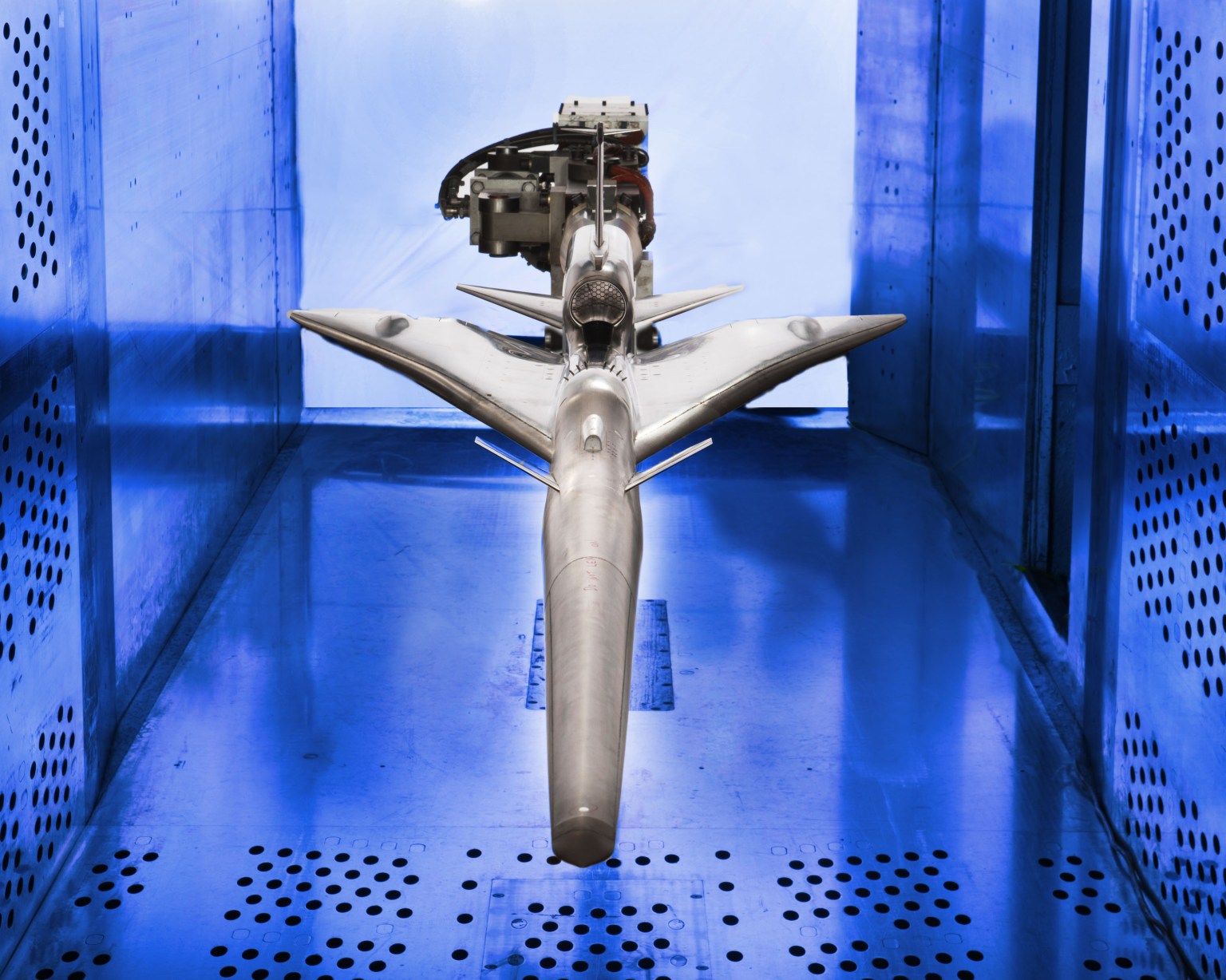On January 16, 1950, Raymond Sharp, director of one of the most advanced scientific research centers in the country, was roused in the middle of the night by a call from his mother complaining about noise emanating from one of the facilities. The racket had woken up the entire neighborhood.
While engineers at the Lewis Flight Propulsion Laboratory rejoiced at the successful testing of a ramjet at twice the speed of sound in the newly opened 8-by 6-Foot Supersonic Wind Tunnel, the loud roar and rattling windows woke residents up to five miles away. Some thought the center had been bombed.
After assuring the community that all was safe, NACA officials began working feverishly to understand the problem.
The laboratory decided to repeat the test on the following Saturday afternoon so measurements could be made in the surrounding area. Seismologists from John Carroll University and MIT consultants who had designed the wind tunnel’s acoustics were on hand to measure the vibrations and noise.

The impact was more significant than anticipated. The sound emanating from both the supersonic air flow in the tunnel and the operation of the engine produced both low frequencies that rattled windows and high frequencies that produced objectionable noise.
Sharp, who closely monitored the proceedings, ceased all engine testing in the new multi-million-dollar facility until the problem was resolved. NACA engineers worked with the MIT team to develop a solution.
They explored a range of mitigation devices on a subscale model of the tunnel. The basic design for the new muffler section was finalized within four months, and the addition was in place by August 1950.
The new 50-foot tall and 190-foot long concrete structure was connected to the tunnel exit at a 90-degree angle. It contained six large ducts which gradually slowed the airflow. Each duct contained resonator chambers to muffle the sound and vibrations and perforated panels to mitigate higher frequency vibrations.
The flow was then redirected at another right angle and discharged into the atmosphere in the opposite direction of nearby residents.
Lewis successfully demonstrated the muffler’s effectiveness on December 14, 1950, and the 8-by 6 immediately commenced its propulsion testing. The community, and Sharp’s mother, were appeased.
Over the ensuing decades, the 8-by 6 has tested propulsion systems for a variety of ramjet engines, the Saturn rocket, Space Shuttle, and a variety of military and civilian aircraft.
Robert S. Arrighi
NASA Glenn Research Center
































